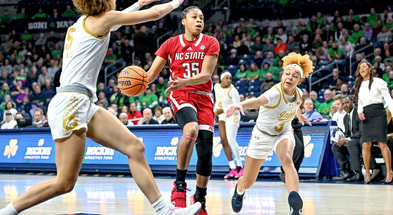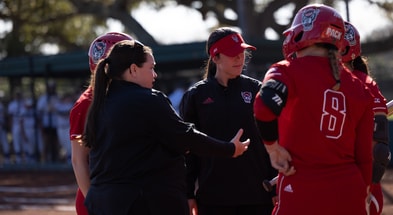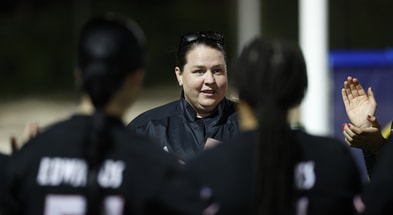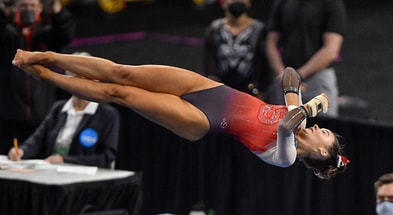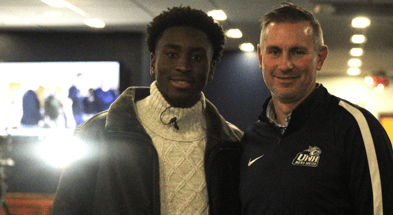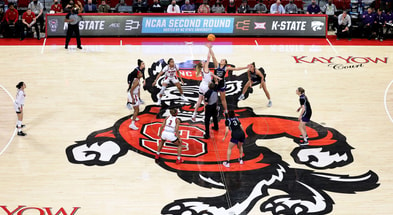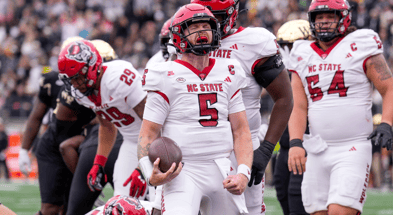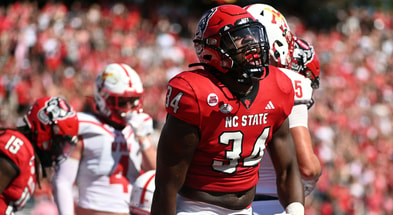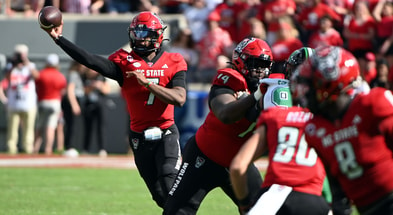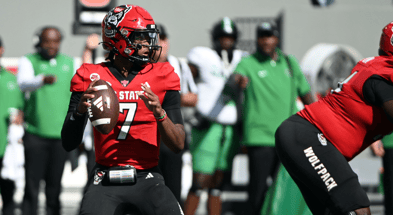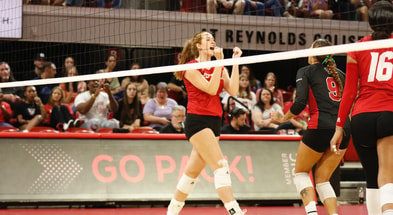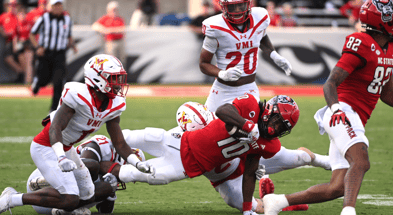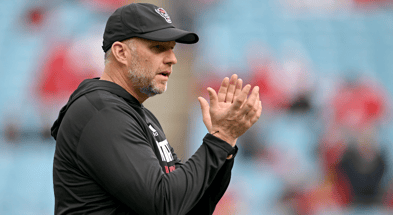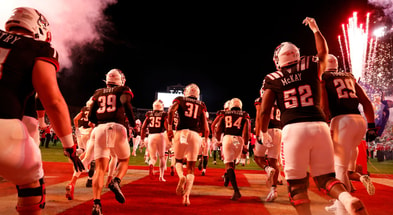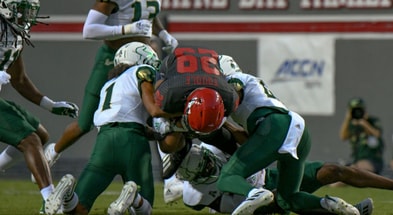NC State should ride Devin Leary to contention in 2022
NC State quarterback Devin Leary announced his plans to return for a fifth season with the Wolfpack earlier this offseason. After an outstanding year in which he threw for 3,435 yards and 35 touchdowns, what else does Leary have to accomplish on a personal level? To figure that out, we’ll take a look at Leary’s advanced metrics from PFF to give a clue as to where he can improve next season.
NC State Stats: Devin Leary was money on deep passes
There’s no shortage of things that Leary excelled at in 2021. He was poised, saw the field well from the pocket, and delivered the ball accurately to his receivers. That’s a great place to start and the baseline to winning football games.
But if there was one area that Leary stood out, it was in his deep passing. His PFF adjusted completion percentage, which only accounts for passes thrown to receivers (doesn’t count drops or throwaways against completion percentage), Leary was 2nd in the ACC behind Kenny Pickett at 55.4 percent. Leary was also third in deep passing yards (1,110), fourth in big-time throws (QB generated big plays) with 25, and was second-best in avoiding turnover-worthy plays at 4.1 percent.
Featured: How Devin Carter can improve to take over NC State passing attack.
If that string of numbers and figures made your head hurt, here’s a translation: Leary was great at putting the ball on the money down the field without throwing risky passes. He rode the line between aggressive and reckless to an exceptional degree last season.
leary was unafraid to put the ball up for receivers Emeka Emezie and Devin Carter to high-point in traffic. The fact that he was fourth in touchdowns only means that those big plays he was generating didn’t result in a touchdown because of other factors, such as a lack of yards after the catch.
He did it the hard way
Most of those yards came on straight dropbacks as well. Teams that run heavy play-action passing concepts tend to throw the ball deep down the field on heavily protected, two, or three-person route concepts. NC State used their play-action differently.
Leary had the shortest average time to throw on play-action in the ACC last season at 2.42 seconds. He was delivering the ball on predetermined screens, RPO’s and rollouts on play-action instead of using play-fakes as a way to generate big plays. His average depth of target on these passing plays was 8.0 yards, which was the third-lowest in the conference. NC State didn’t throw the deep much (more on that later) but when it did, it was all on the quarterback.
Stats like that are baked into the offensive concepts of coordinator Tim Beck’s offense, but they’re essential to understanding where Leary’s production originates. Putting up the majority of your yards, big plays, and touchdowns without the benefit of play-action is much more complicated.

NC State’s next great QB? Room to improve:
The first area we’ll examine is Leary’s play under pressure. The redshirt junior quarterback was responsible for only four pressures and one sack. Both of those numbers are not only great, but they’re also the best in the conference.
The problem is that when Leary was pressured, he went down more quickly than you’d like. Almost 20 percent of his total pressures resulted in a sack. His numbers under pressure are top-5 in the conference, but going down 26 times on 131 pressures is too high.
The other thing this does is limit his play-making ability on scrambles outside of the pocket. Leary was great when he did play out of structure and generated big plays in that environment.
According to PFF, the final piece of the puzzle for Leary is his play at the intermediate level. While Leary was efficient in his deep passing (only 15% of his total attempts were deep balls), his intermediate work can improve.
Leary’s adjusted completion percentage on passes from 10-19 yards was 55.6% — nearly identical to his deep passing numbers. For perspective, Pitt’s Kenny Pickett completed 69.7 percent of his intermediate passes, a solid fifth-place ranking.
Leary was still efficient in this area, throwing zero interceptions and never putting the ball in harm’s way (best in the conference) but completing a higher percentage of passes leads to less stalled drives and more chances at points.
Looking to next season
Leary was exceptional in avoiding mistakes while making plays last season. In addition, he showed the maturity and judiciousness to be more than a game-manager despite having a lack of deep targets compared to his counterparts.
If you wanted to sum his season up in one word it was “good.” Leary was at or near the top in just about every statistical category for the ACC but was rarely first or second in the meaningful stats. Part of this is his play and part is the system in which he operates.
Losing his top receiver to the NFL will undoubtedly make things more challenging next season, but Leary has shown the skills to be a game-winner at the quarterback position. Beck should put more on Leary’s plate in 2022 and allow him to open up the offense for NC State. More chances at big plays and improved accuracy to the middle of the field can help him take his game to the next level.
——
• Talk about NC State football recruiting inside The Wolves’ Den
• Subscribe to our podcast on iTunes
• Subscribe to our YouTube channel
• Learn more about our print and digital publication, The Wolfpacker
• Follow us on Twitter: @TheWolfpacker
• Like us on Facebook
